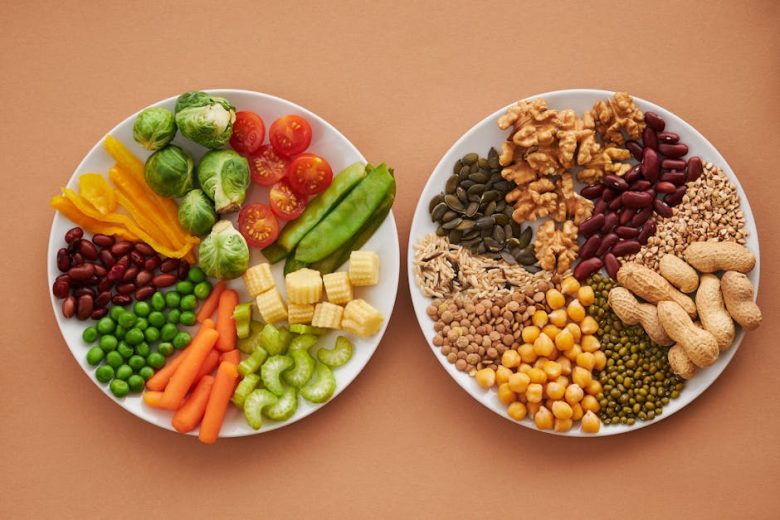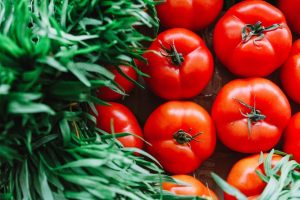As the global population continues to grow, the demand for food has surged, prompting a re-evaluation of agricultural practices. Urban farming and traditional agriculture represent two distinct approaches to food production, each with its own set of benefits and challenges. Understanding the differences between these methods is crucial for policymakers, consumers, and aspiring farmers looking to make informed decisions about sustainable food systems.
Urban farming, often characterized by small-scale gardening in city environments, utilizes innovative techniques to grow food in urban settings. This method leverages available spaces such as rooftops, vacant lots, and community gardens to produce fresh fruits and vegetables. On the other hand, traditional agriculture typically involves large-scale farming operations in rural areas, relying on extensive land for crop cultivation and livestock rearing. Both methods aim to address food security, but they do so through varying methodologies and philosophies.
One of the primary advantages of urban farming is its ability to reduce food miles. By producing food closer to where it is consumed, urban farms can significantly decrease the carbon footprint associated with transportation. This localized approach not only minimizes environmental impact but also fosters community engagement as residents become more connected to their food sources. Furthermore, urban farms often promote biodiversity by incorporating a variety of plants and practices that enhance local ecosystems.
In contrast, traditional agriculture benefits from economies of scale. Large farms can produce food at a lower cost due to their capacity to operate efficiently and utilize advanced machinery. These operations can also implement monoculture practices that maximize yield per acre, meeting the demands of a growing population. However, this approach can lead to environmental degradation, soil depletion, and increased reliance on chemical fertilizers and pesticides, raising concerns about sustainability.
Another critical difference lies in the accessibility of these two farming methods. Urban farming often emphasizes community involvement and education, providing opportunities for individuals to learn about sustainable practices and healthy eating. Programs that engage local residents can enhance food security in underserved neighborhoods, where access to fresh produce is limited. Traditional agriculture, while essential for large-scale food production, may not prioritize community engagement to the same extent, focusing instead on profit margins and market demands.
Lastly, the challenges faced by urban farming and traditional agriculture vary significantly. Urban farms may struggle with limited space and resources, as well as zoning regulations that can hinder expansion. Conversely, traditional agriculture faces challenges such as climate change, water scarcity, and the need for sustainable practices to combat soil degradation. Both methods require innovative solutions and policy support to navigate these obstacles effectively.
In conclusion, urban farming and traditional agriculture offer unique approaches to food production, each with its own strengths and weaknesses. Urban farming promotes sustainability and community engagement while addressing food security in urban areas. Traditional agriculture, with its efficiency and scale, remains vital for meeting global food demands. As we move forward, a balanced integration of both methods may be necessary to create a resilient and sustainable food system that can adapt to the needs of a growing population. By understanding and appreciating the differences between these two approaches, we can foster a more inclusive dialogue about the future of food production.



